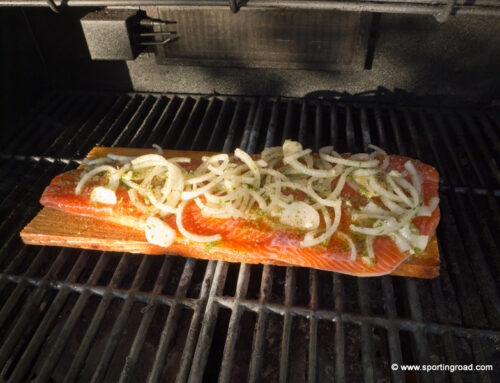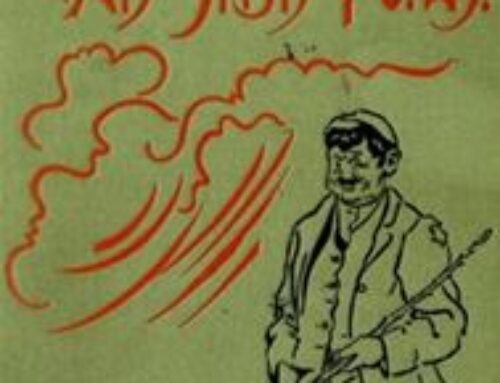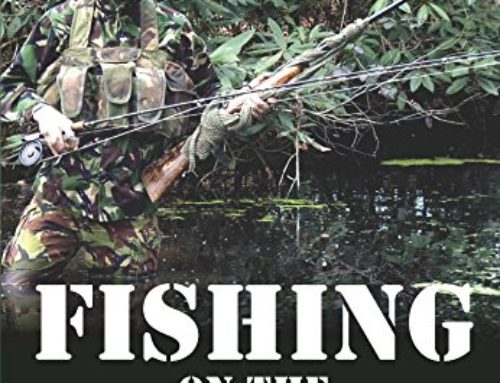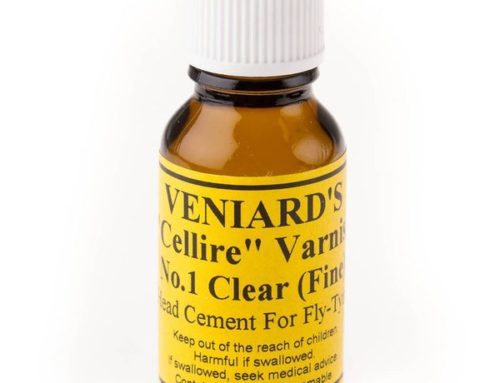Standing in a River Waving a Stick, New York: Simon & Schuster (1999) by John Gierach
My favorite quotes or summaries from this book are:
This business of changing fly patterns, looking for the right one, is central to the sport. All of us, secretly or otherwise, believe it’s the fly that makes the difference, although we’ll admit that even the right fly has to be cast accurately and drifted properly to work. Still, when someone is catching more fish than we are — and when we’re not too embarrassed to ask–we say, “What fly are you using?” as if that one bit of information was all we needed.
Okay, but if you ask three different fishermen you’ll probably get three different answers, so you have to suspect that although the knowledge passed on by other fly fishers is a great gift, the true solution is somehow yours and yours alone.
Everyone I know who has fly fished for long has theories about fly patterns, all of which sound reasonable enough on a long drive or around a campfire….
The choice of a fly pattern for nymphing can seem too huge to comprehend, and I’ve seen nymph fishers standing like zombies on riverbanks, gazing into open fly boxes, literally frozen by indecision. (I recognize that when I see it because I’ve done it myself.)
The thing is, aquatic insects spend most of their lives on the stream bottom, where they are regularly eaten by trout. Mayflies and stone flies have a nymphal stage. These are six-legged, armored bugs that fly fishers think are handsome but I heard one non-anglers describe as looking like wet cockroaches.
Caddis flies and midges have bottom-dwelling larval stages that run into pupae before they swim to the surface to hatch into winged flies. Most of the larvae are sort of wormlike, and the pupae look like abbreviated, half-drowned versions of the adults.
When you figure that there are several species of each kind of insect in a typical stream–each a different size and color—plus an odd assortment of scuds, sow bugs, crane-fly or alder-fly larvae, true aquatic worms or whatever, you’re looking at a pretty vast herd of bugs, any one of which could be what the trout are hungry for.
I tied on a #14 Hares Ear nymph on general principles….
A few casts later I set up when I though I saw a slight hesitation in the tip of the floating line, but there was nothing there. Maybe I’d missed a strike, or maybe my split shot had just ticked bottom—as it’s supposed to. If your split shot aren’t bumping the bottom now and then, you’re not fishing deep enough.
Of course, if you are fishing deep enough, you’re gonna hand up and lose some flies. That’s the deal. A couple of bad days in a row can cost you $30 worth of store-bought nymphs and turn you into a dry-fly purists—if the sheer beauty of watching the drift and seeing the strike hasn’t done that already—but then a good day makes it all okay again.





